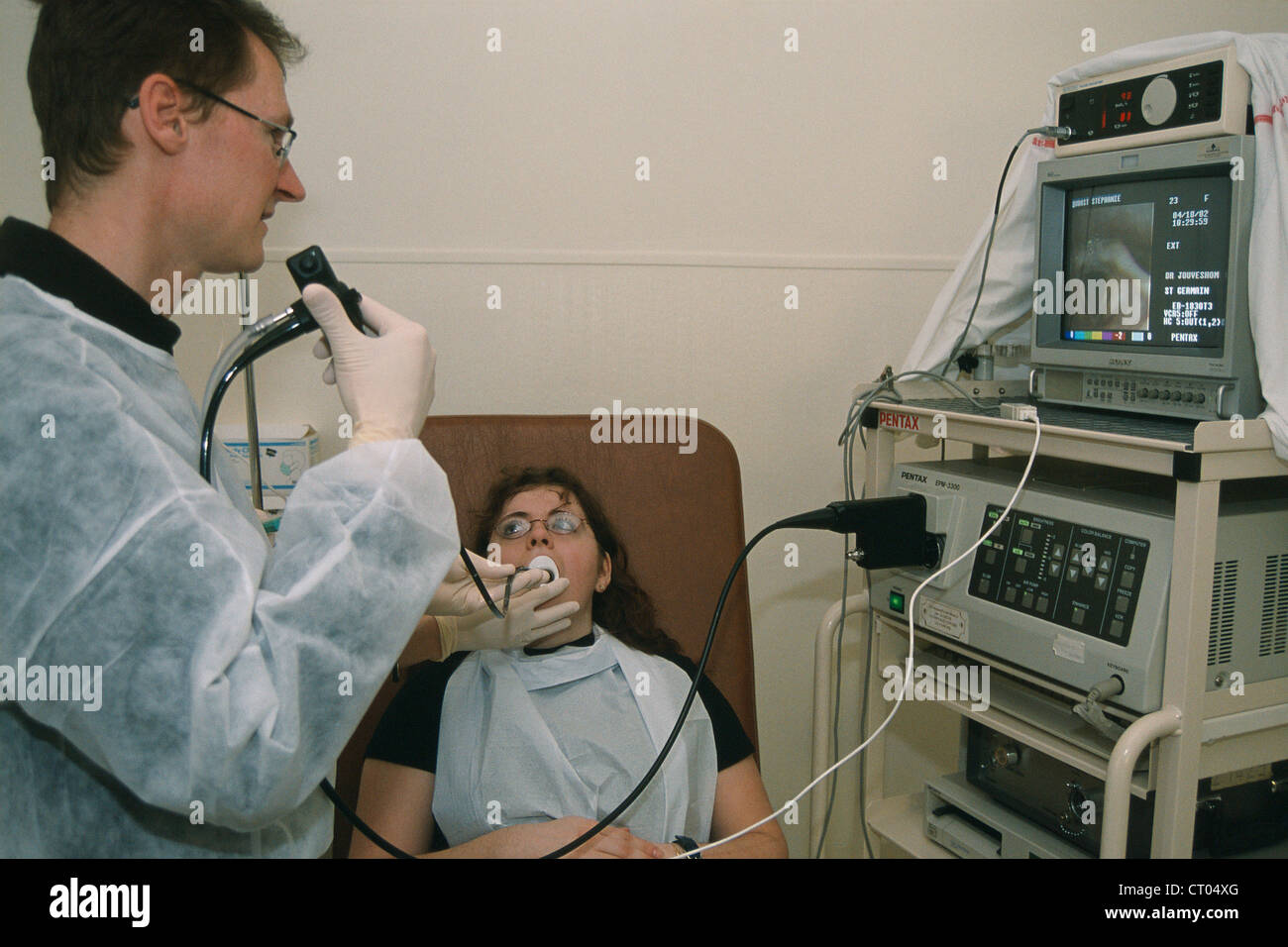In today’s landscape, medical skill alone is no longer enough—you need visibility, reputation, and effective patient engagement.
We’ll cover key trends, challenges, and actionable tips across these areas.
This guide offers a broad yet practical look at how different specialties and marketing tools intersect to shape modern medical success.
The Role of General Surgeons in Modern Healthcare
General surgeons play a critical role in US healthcare, providing lifesaving procedures across multiple systems, from the digestive tract to endocrine organs.
This change has also heightened competition, as patients now have more choices and expect faster recovery and lower costs.
Building a strong online presence, managing patient reviews, and using platforms like Google Ads can increase visibility, helping surgeons attract patients seeking trusted providers.

Cosmetic Surgery Trends: Focus on Rhinoplasty
Rhinoplasty, or nose reshaping surgery, has become one of the most sought-after cosmetic procedures in the US.
Modern rhinoplasty techniques emphasize subtle, natural-looking results.
For cosmetic surgeons specializing in rhinoplasty, standing out requires more than surgical skill.
Endoscopy Advances: Improving Diagnostic Accuracy
In the US, routine endoscopy screenings, especially colonoscopies, are key to cancer prevention efforts.
High-definition imaging, narrow-band light, and capsule endoscopy now offer enhanced diagnostic accuracy.
Gastroenterologists benefit from marketing strategies that explain the value of early detection, outline procedure safety, and highlight insurance coverage.

Digital Advertising Strategies: Google Ads in Healthcare
In today’s digital world, patients often start their search for healthcare providers online.
Doctors need to craft compelling ad copy, select relevant keywords, and optimize landing pages to convert clicks into bookings.
Effective digital advertising bridges the gap between excellent clinical services and patient awareness, driving growth across medical specialties.
Bringing Together Clinical Excellence and Smart Marketing
To thrive in the US healthcare market, clinics must integrate top-tier medical services with effective digital strategies.
Cosmetic surgeons offering rhinoplasty can showcase patient testimonials and high-quality before-and-after galleries on social media.
Clinics that invest in both clinical excellence and smart digital outreach position themselves for long-term success in the competitive US healthcare market.
How Clinics Can Succeed in a Competitive Medical Landscape
The US healthcare landscape is vast and competitive, but opportunities abound for clinics that combine medical skill with smart business strategies.
By staying informed about market trends and patient expectations, clinics can adapt and innovate.
Success in the modern US healthcare market means blending clinical excellence with entrepreneurial mindset.
Common Questions About Healthcare Marketing and Strategy
What strategies help surgeons grow their practice?
Educational content and community outreach also help position surgeons as trusted experts.
Why are more Americans seeking cosmetic nose surgery?
Social media and celebrity influence also contribute to rising demand.
How does endoscopy improve diagnostics?
Endoscopy offers minimally invasive, highly accurate ways to diagnose digestive conditions, detect early-stage cancers, and guide treatment plans.
How does Google Ads benefit medical clinics?
Google Ads allows clinics to target specific patient needs, locations, and search behaviors, delivering tailored ads to people actively seeking services.
What’s the future of medical marketing in the US?
The future of medical marketing includes greater use of AI for patient targeting, more emphasis on personalized content, and integration of social proof like reviews and testimonials.
descubra como fazer Vantagens de investir em marketing digital médico
Comments on “The Modern Healthcare Industry in the US: How General Surgery, Rhinoplasty, Diagnostic Procedures, and Digital Marketing for Doctors Are Transforming Medical Practices”